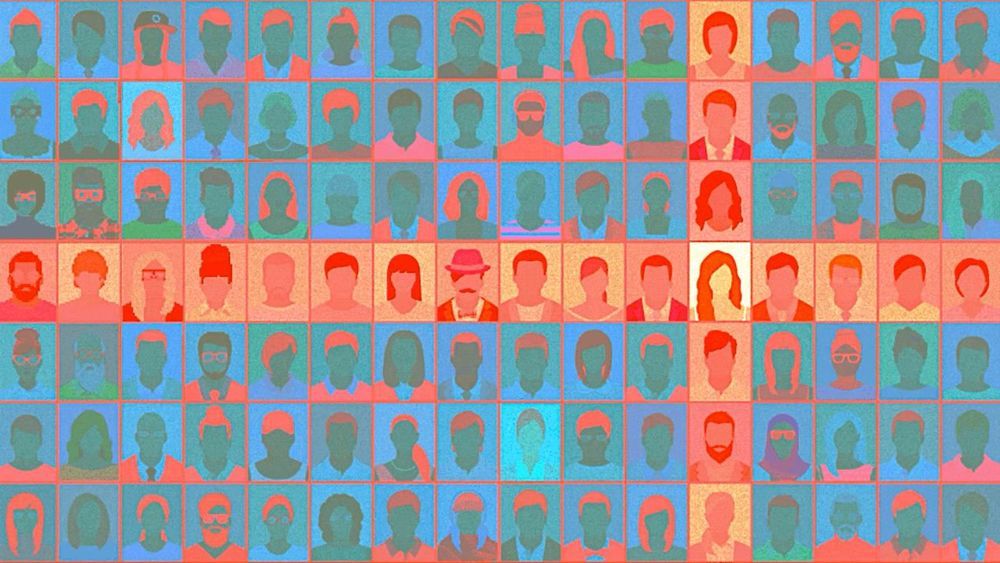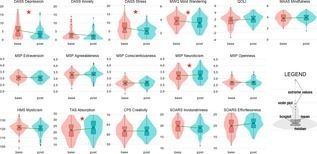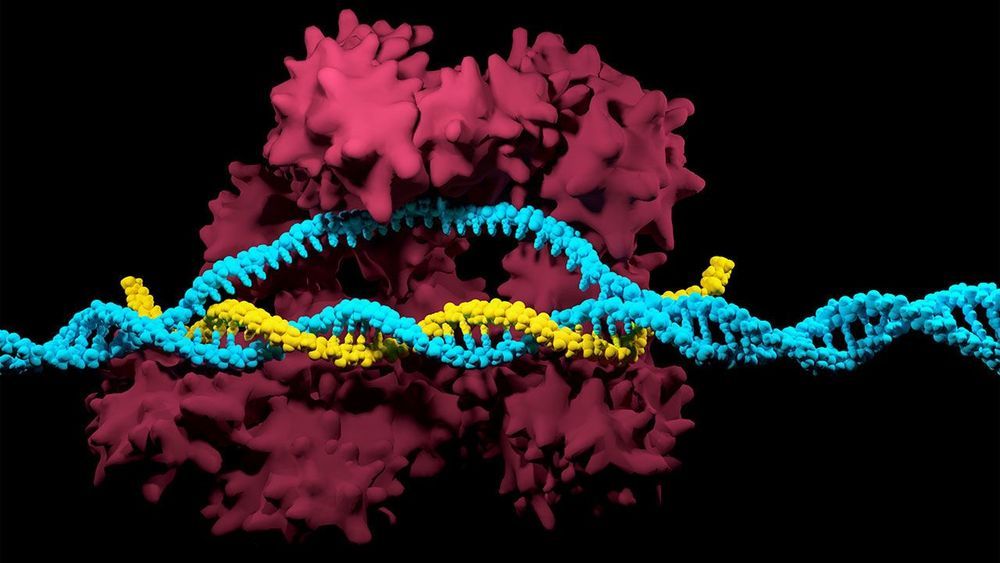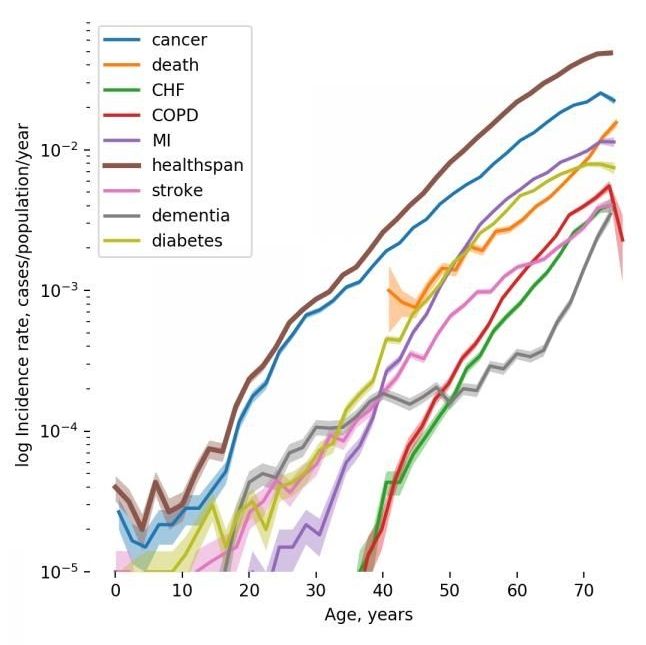One of the perks of being President of the United States of America is that you get to submit your budget recommendations to the US Congress before any decisions are made. While it’s up to Congress to make the budget and the President to sign it into law, the recommendations for the next fiscal year are where the administration gets to set their agenda and announce to the world the direction it wants to go in.
Last year, the Trump administration proposed cutting a number of Earth Science missions, ending NASA Astrophysics’ flagship mission for the 2020s, WFIRST, and eliminating NASA’s Office of Education. Then-acting administrator Robert Lightfoot put out a statement mentioning hard choices and an inability to do everything with a limited budget, but Congress overturned these cuts and restored funding for these programs. This year, the assault is even worse, and has a better chance of succeeding. Here’s why.









